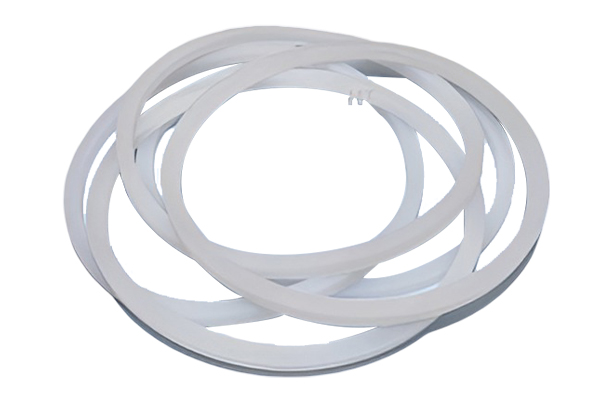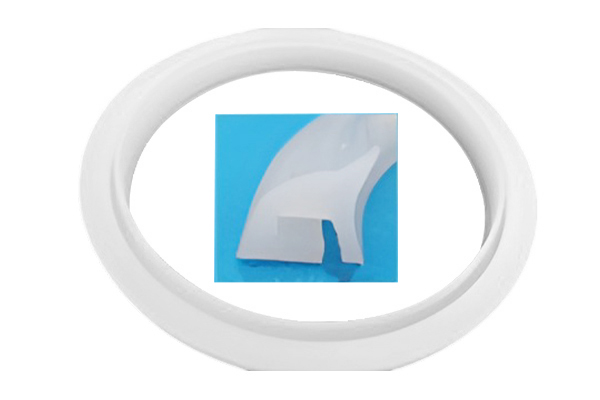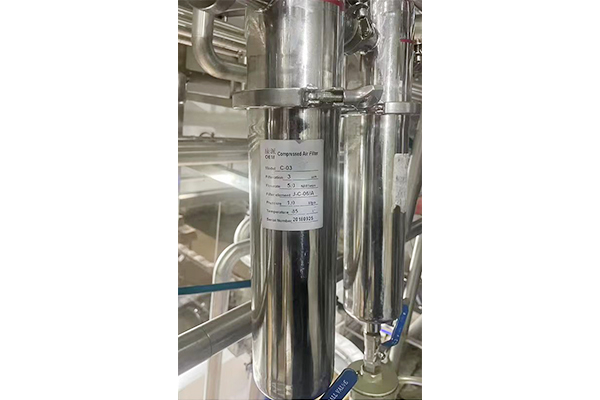How do antibacterial and antifouling air filters inhibit bacterial growth and protect respiratory health?
Release Time : 2025-06-30
Antibacterial and antifouling air filter Antibacterial and antifouling air filter can effectively inhibit the growth of bacteria and protect people's respiratory health, first of all, thanks to the special antibacterial materials it uses. These materials often contain ingredients with antibacterial activity, such as silver ions and nano titanium dioxide. Silver ions have strong antibacterial ability. When bacteria come into contact with the surface of materials containing silver ions, silver ions will quickly penetrate the cell membrane of bacteria and combine with key substances such as proteins and nucleic acids in the bacteria to destroy the physiological functions of bacteria, making it impossible for them to metabolize and reproduce normally, thereby achieving the purpose of inhibiting bacterial growth. Under light conditions, nano titanium dioxide can produce free radicals with strong oxidizing properties. These free radicals can attack the cell structure of bacteria and decompose bacteria into harmless substances, further enhancing the antibacterial effect of air filters.
In the design of the filter mesh structure, the needs of antibacterial and antifouling are also fully considered. The filter mesh adopts a special weaving process or composite structure to make its surface smoother and flatter, reducing the surface area of bacterial attachment. Bacteria tend to attach to tiny particles in the air. When these bacteria-carrying particles flow into the air filter with the air, the smooth filter surface can reduce the adhesion between bacteria and the filter, making it difficult for bacteria to stay and multiply on the filter. At the same time, the pore size of the filter is carefully designed to ensure the smooth passage of air and effectively intercept particles carrying bacteria, blocking bacteria outside the filter and preventing them from entering the indoor air environment.
The antibacterial and antifouling air filter also has a self-cleaning function, which further enhances its ability to inhibit bacterial growth. Some filters use electrostatic electret technology to make the filter surface carry electrostatic charge. When bacteria-carrying particles approach the filter, they will be adsorbed on the filter by static electricity. Over time, the particles and bacteria accumulated on the filter will form larger particle clusters under the action of static electricity. When reaching a certain level, these particle clusters will fall off by themselves under the action of gravity or airflow, thereby achieving partial self-cleaning of the filter. In addition, some air filters are also equipped with ultraviolet sterilization devices. Ultraviolet rays can destroy the DNA structure of bacteria and make them lose their ability to reproduce. When air passes through the filter, ultraviolet rays will irradiate and sterilize bacteria in the air, further reducing the possibility of bacteria growing inside the filter.
In order to prevent bacteria from growing inside the filter due to the humid environment, antibacterial and antifouling air filters have taken moisture-proof measures in material selection and structural design. Its outer shell and internal frame are usually made of materials with good moisture-proof performance, which can effectively block the invasion of external moisture. At the same time, the ventilation design inside the filter has also been optimized to ensure that the air can flow smoothly inside the filter, take away the moisture generated by air filtration in time, and maintain a dry environment inside the filter. Bacteria are difficult to survive and reproduce in a dry environment. This moisture-proof design reduces the conditions for bacterial growth from the source and creates a favorable environment for inhibiting bacterial growth.
During the use of antibacterial and antifouling air filters, their antibacterial properties can be further improved through regular maintenance and cleaning. Users can clean the filter screen and outer shell of the filter regularly according to the instructions. The cleaning process not only removes dust and particles accumulated on the filter, but also removes bacteria that may be attached to the filter. The filter of some filters can also be disassembled and cleaned, which is convenient for users to perform deep cleaning. Through regular maintenance, the antibacterial effect of the filter can be maintained, ensuring that it can always effectively inhibit the growth of bacteria and provide clean and healthy air for the room.
During the operation of the air filter, its intelligent control system also plays an auxiliary role in inhibiting the growth of bacteria. The intelligent control system can monitor the humidity, temperature and other environmental parameters inside the filter in real time. When it detects that the environmental conditions may be conducive to the growth of bacteria, it will automatically adjust the operation mode of the filter. For example, when the humidity is high, the system will increase the ventilation volume, speed up the air circulation speed, and reduce the humidity inside the filter; when the bacterial content is detected to be increased, the working intensity of the ultraviolet sterilization device will be increased to sterilize the air more thoroughly. This intelligent regulation can respond to possible bacterial growth problems in a timely manner and ensure that the air filter continues to effectively protect respiratory health.
The antibacterial and antifouling air filter has built a comprehensive antibacterial and antifouling system through the synergistic effects of special antibacterial materials, optimized filter structure, self-cleaning function, moisture-proof design, regular maintenance and intelligent control system. From intercepting and killing bacteria to inhibiting their breeding conditions, every link is closely coordinated to effectively reduce the survival and reproduction of bacteria inside the filter, creating a clean and healthy breathing environment for people and protecting people's respiratory health in all aspects.







